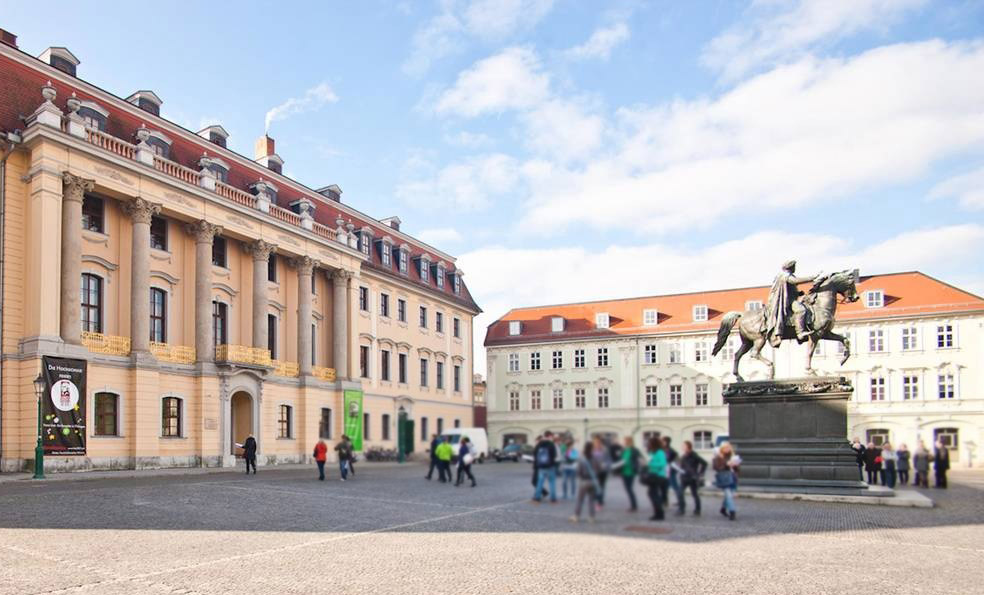Römisches Haus (Carl August) Weimar
Audio Guide Römisches Haus (Carl August)
Römisches Haus is a unique palace in Weimar that was built in 1797 for Duke Charles Augustus, who became one of the most influential figures in Weimar's history. This palace, located in a picturesque park on the banks of the River Ilm, served as the summer residence of the duke and is known for its remarkable architecture.
One of the most remarkable aspects of Römisches Haus is its architectural style. Constructed in the Roman architectural style, the palace recreates an atmosphere of ancient luxury and grandeur. Duke Charles Augustus was inspired by the culture of Ancient Rome and wanted his summer residence to be adorned accordingly. Majestic columns, arches, and decorative elements make Römisches Haus one of the most outstanding buildings in Weimar.
Today, Römisches Haus functions as a museum that provides visitors with an opportunity to delve into the history and culture of that era. In the museum, you can see a diverse array of exhibits, including paintings, furniture, and interior items that reflect the life and times of Duke Charles Augustus. These artifacts allow you to experience the atmosphere of that era and gain insights into the personality of this remarkable ruler.
Römisches Haus Museum also frequently hosts temporary exhibitions and cultural events. These events offer fresh perspectives on the history of art and culture in Weimar, making it a place of constant cultural inspiration.
Other sights
-
Albert Schweitzer Denkmal
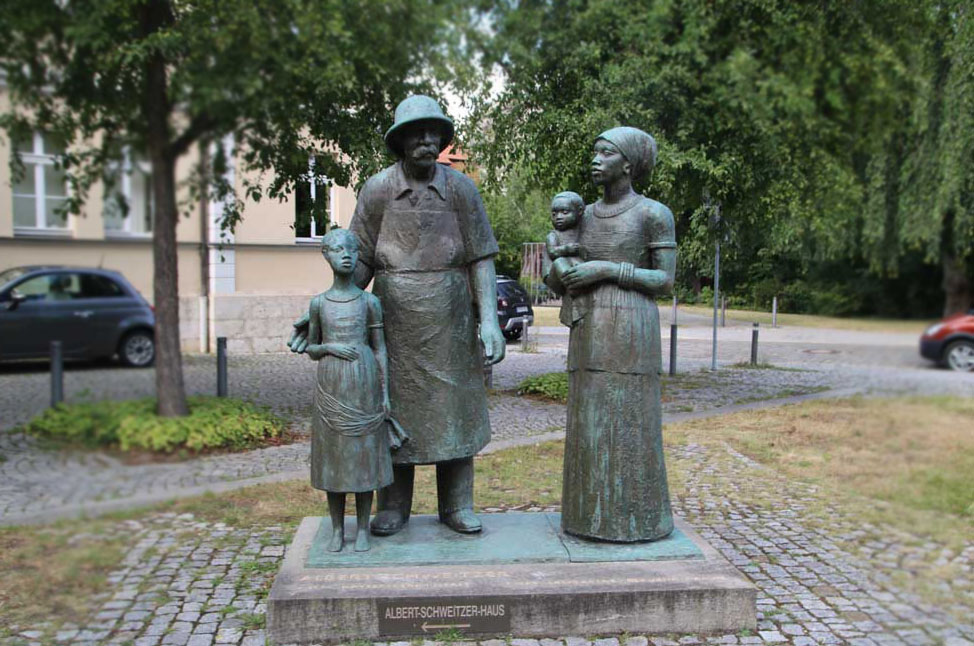
-
Altenburg (Franz Liszt)

-
Atrium & ehemaliges Gauforum
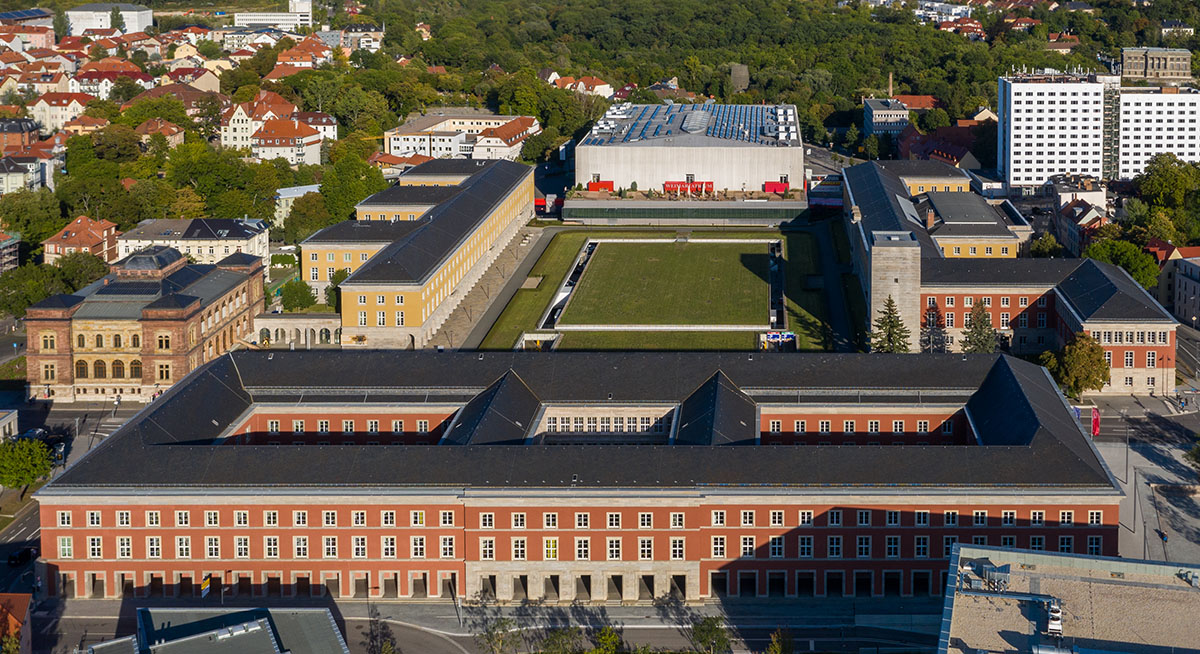
-
Bauhaus Universität (Henry van de Velde)
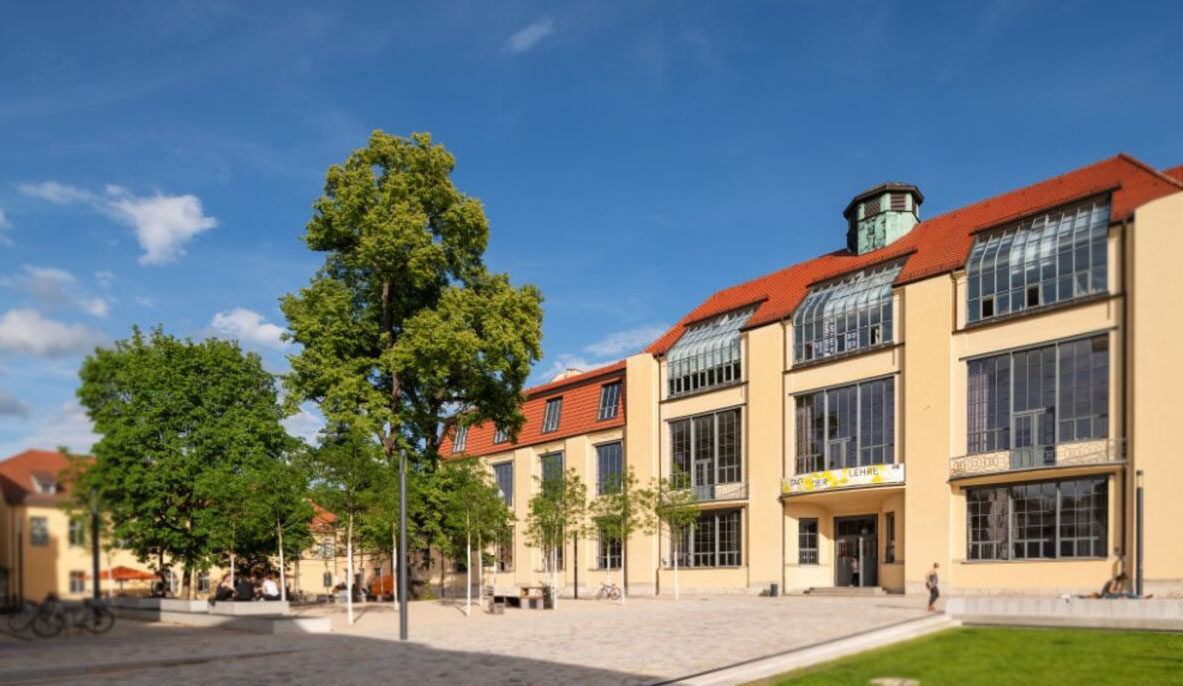
-
Bauhaus: Haus am Horn
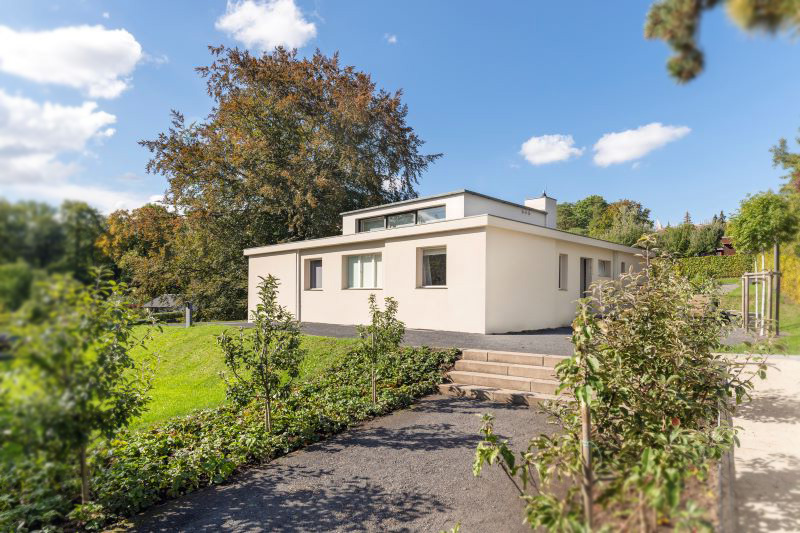
-
Carl Heinrich Ferdinand Streichhan-Kaserne
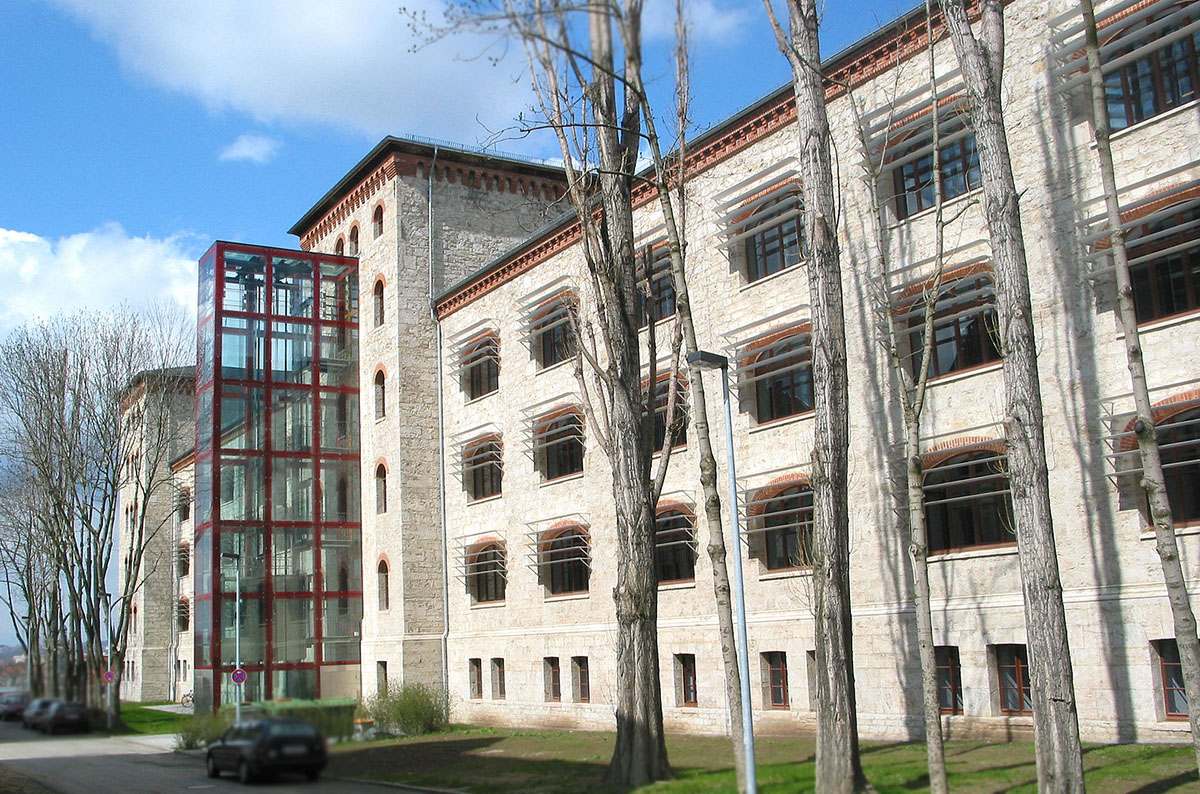
-
Cranachhaus
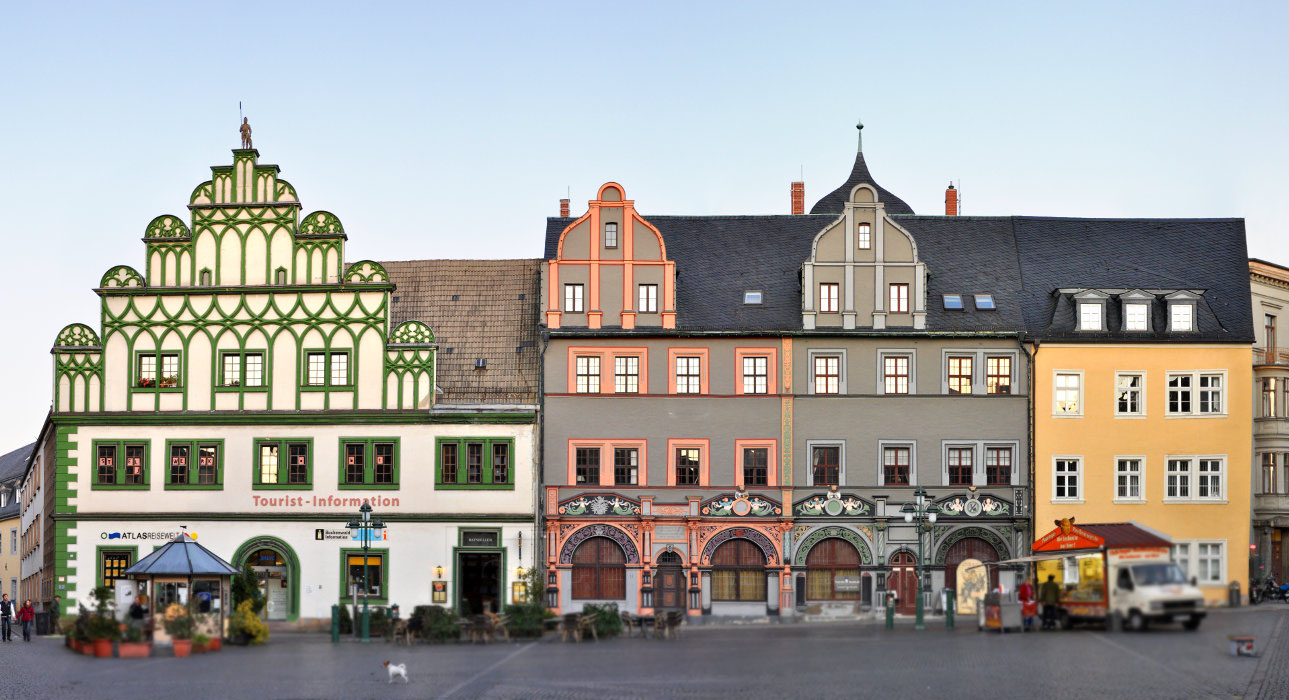
-
Denkmal Nepomuk Hummel
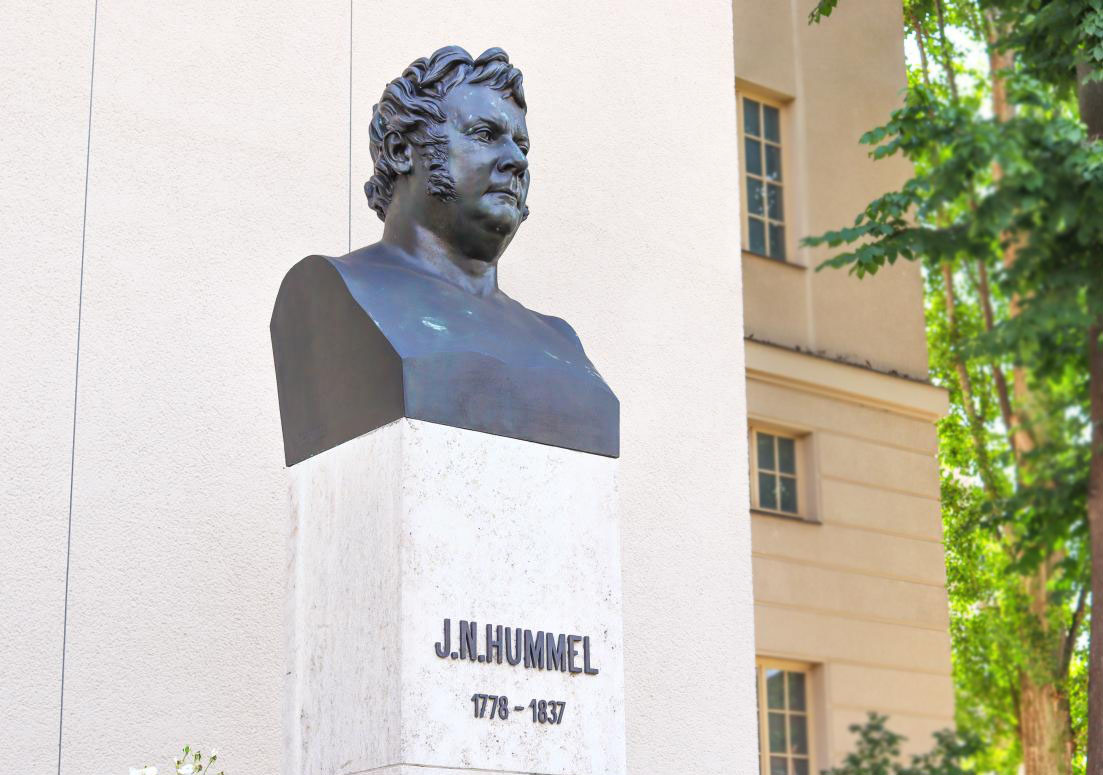
-
Denkmal Nepomuk Hummel und katholische Kirche
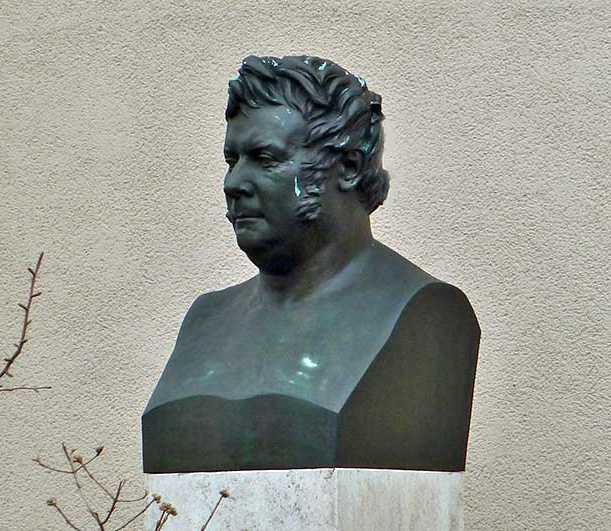
-
Deutsches Nationaltheater Goethe & Schiller Denkmal
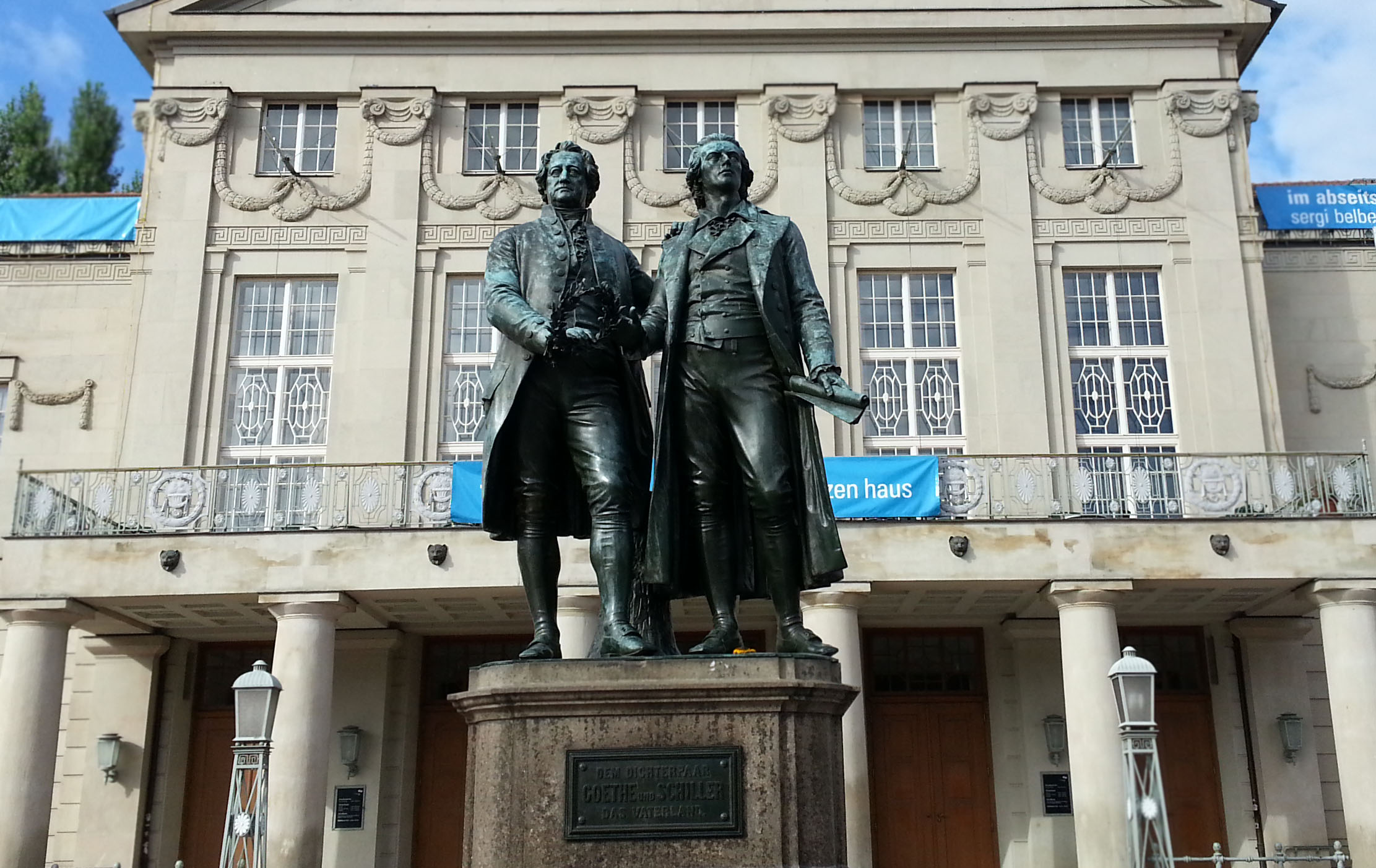
-
Ginkgobaum
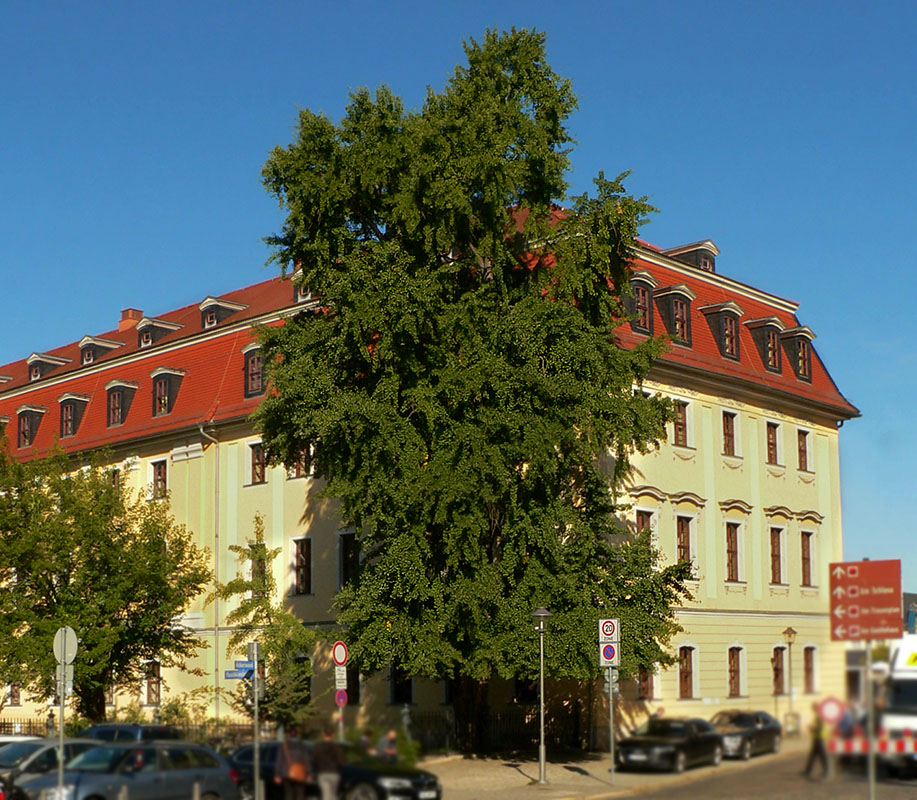
-
Goethe- & Schillerarchiv
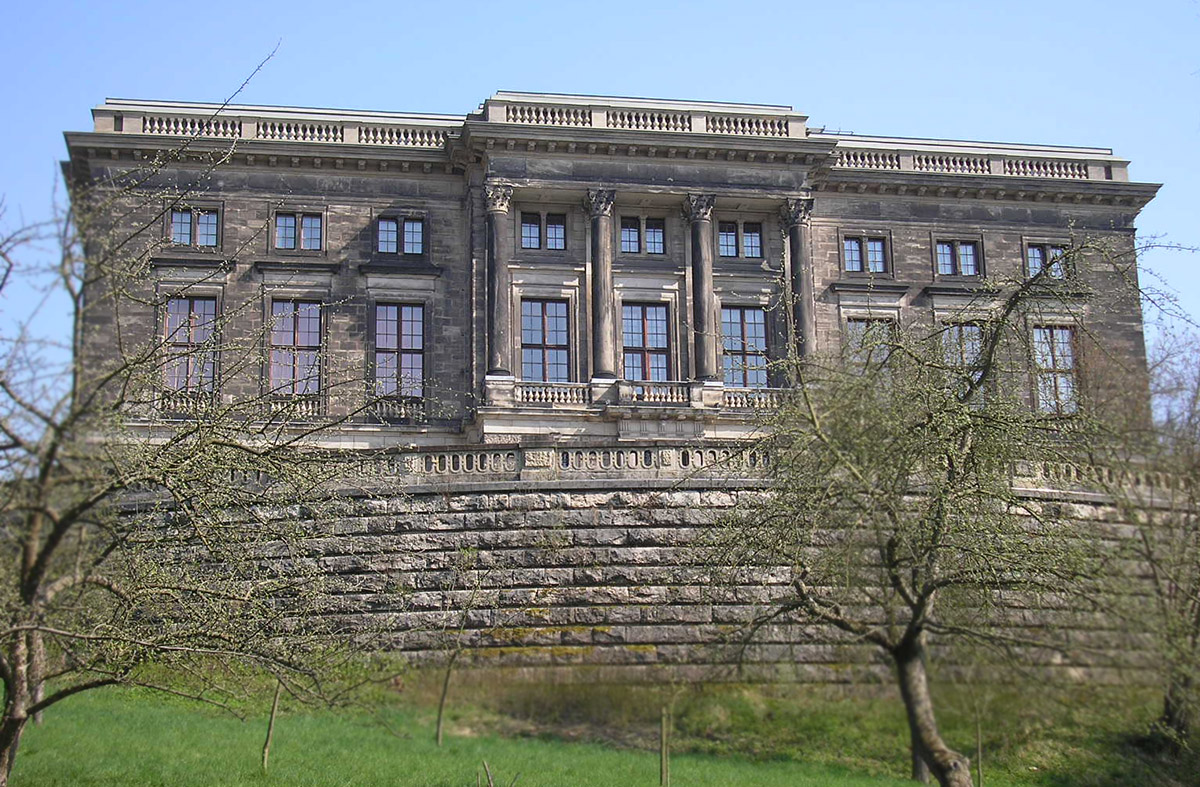
-
Goetheplatz mit Kasseturm & Stadtmauer

-
Goethes Wohnhaus
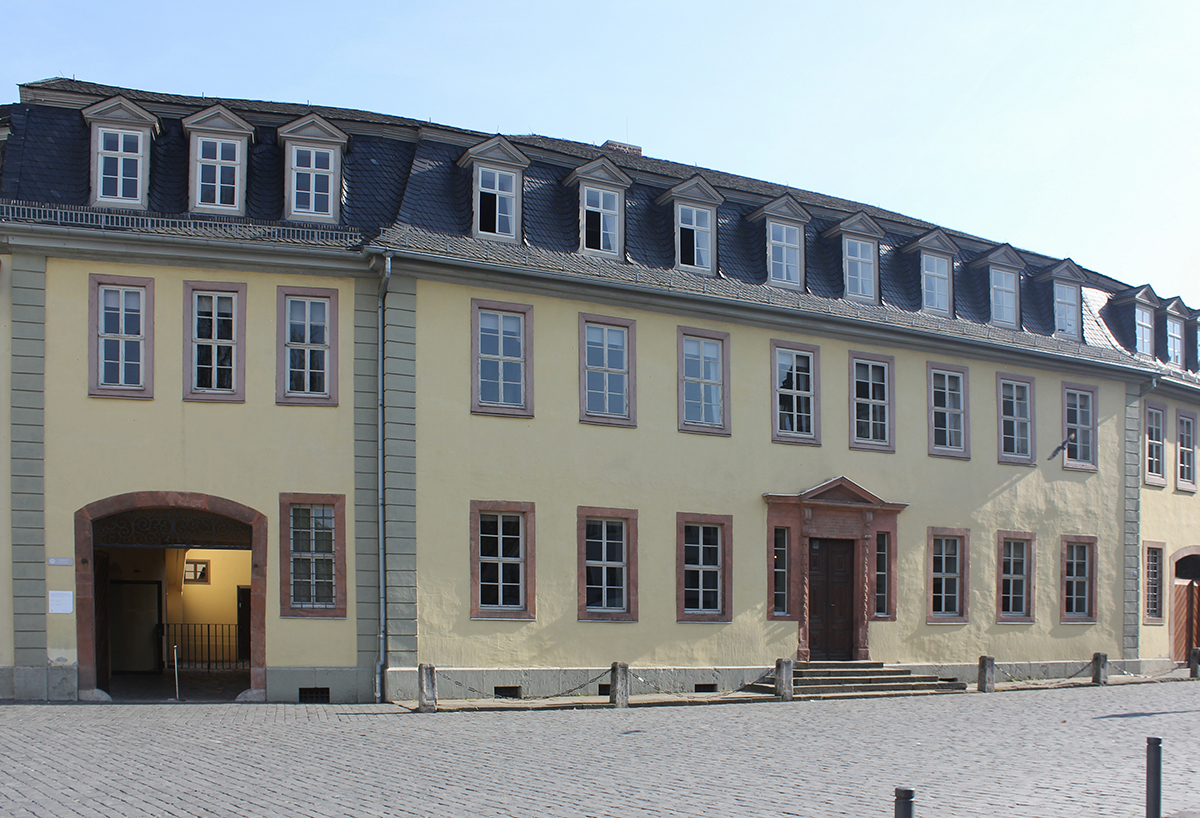
-
Haus am Horn
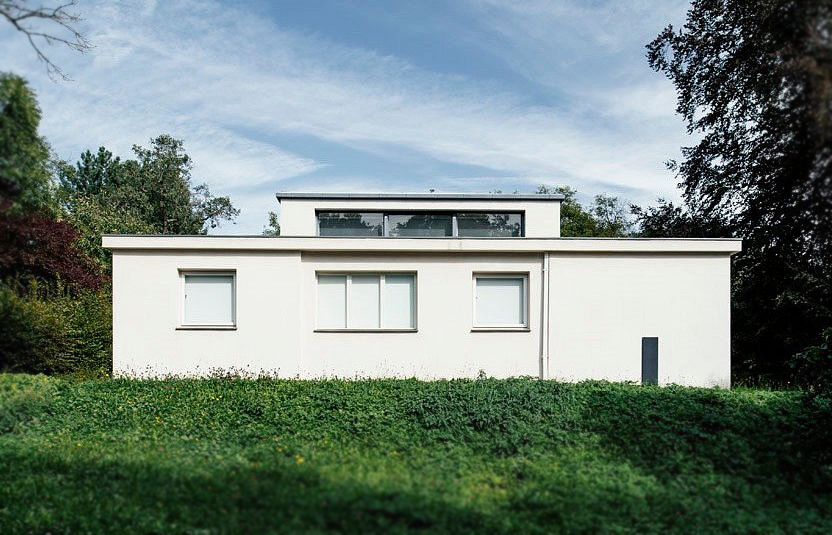
-
Haus der Charlotte von Stein
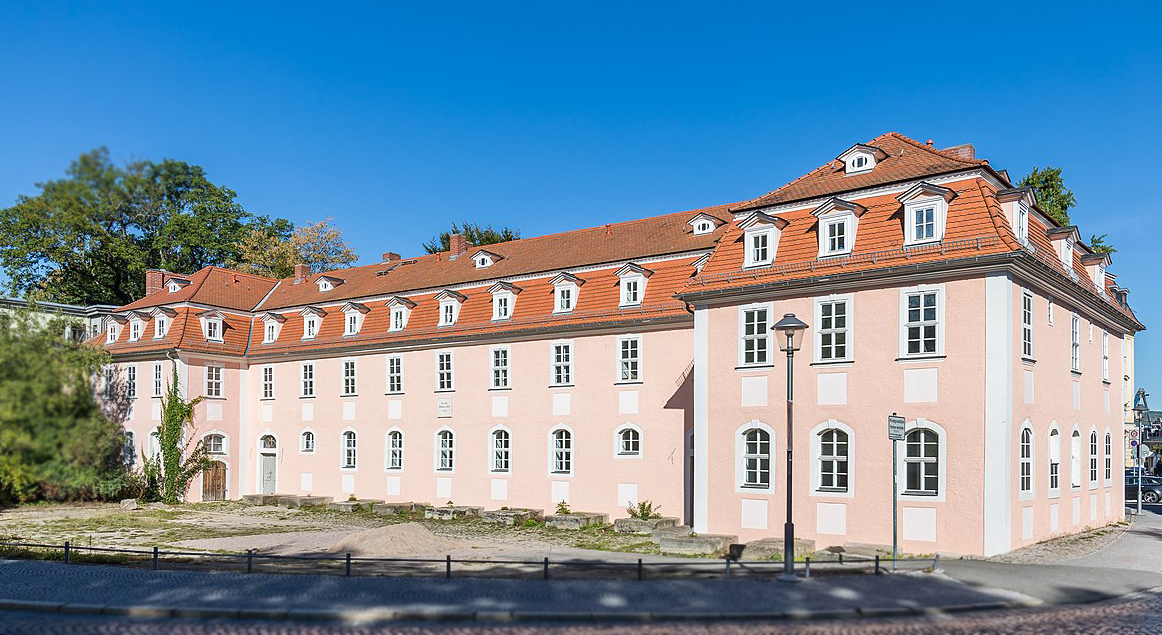
-
Herderplatz & Kirche St. Peter und Paul
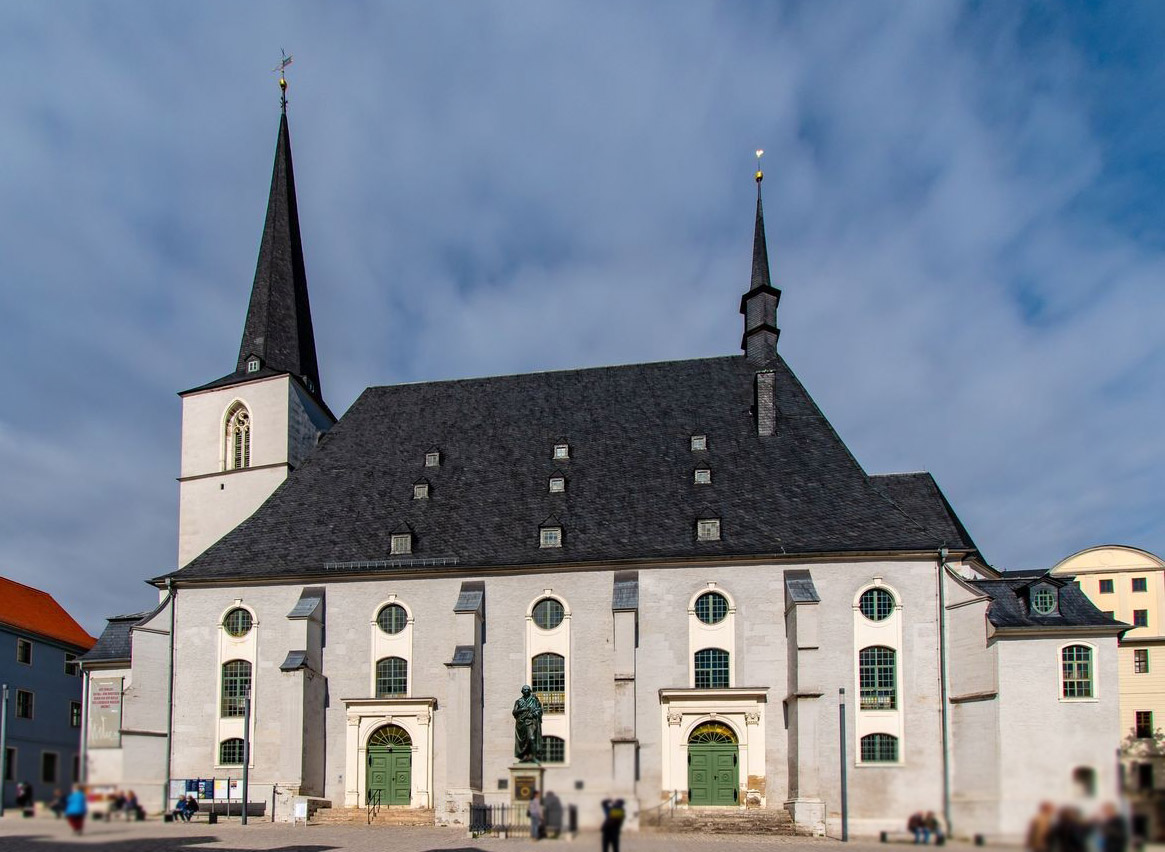
-
Herzogin Anna-Amalia-Bibliothek
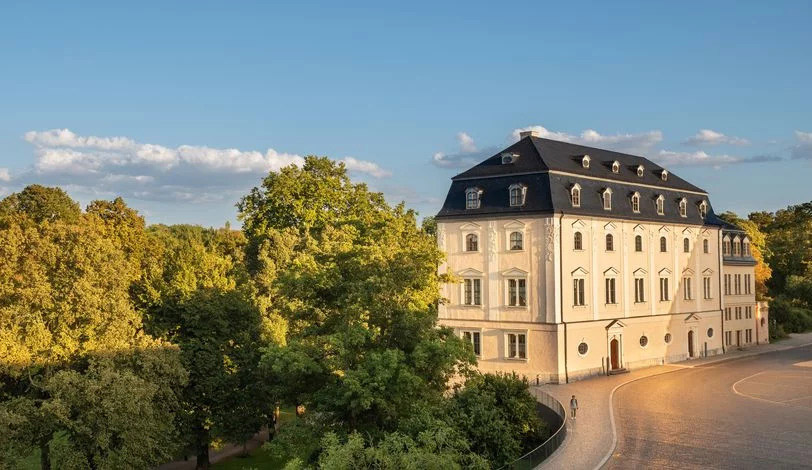
-
Historischer Friedhof
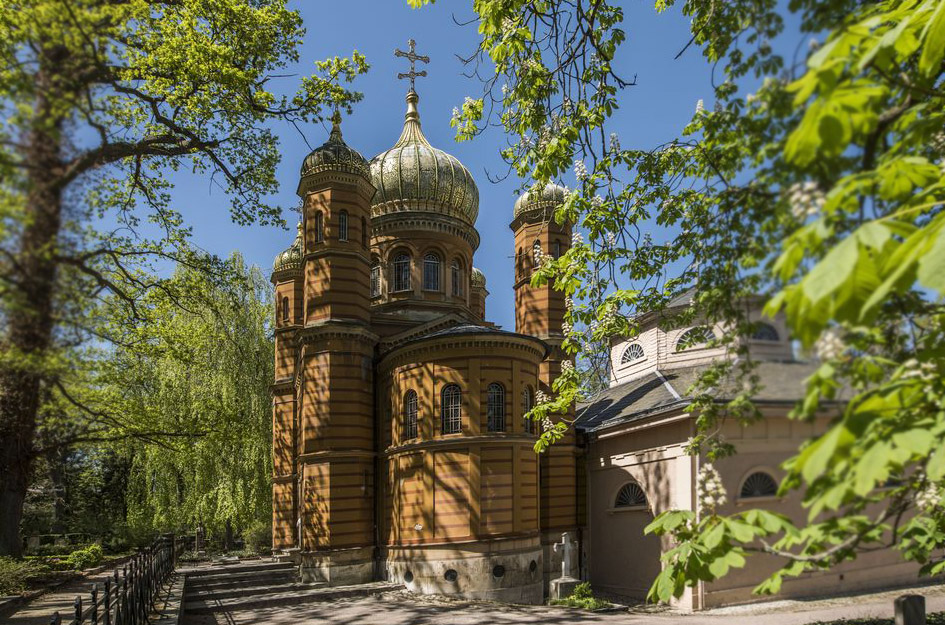
-
Hochschule für Musik Franz Liszt (Fürstenhaus)
-
J. G. Herder, Kirche St. Peter und Paul
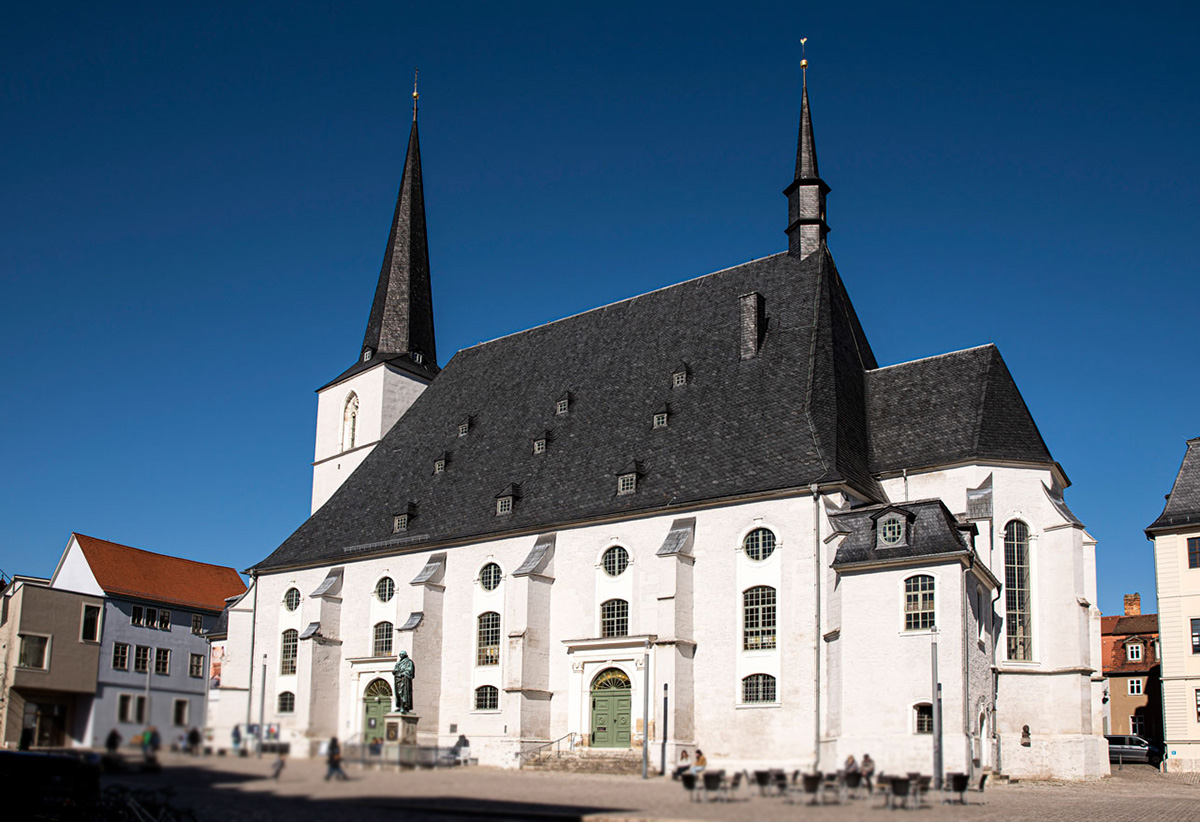
-
J. S. Bach in Weimar & Bachtafel
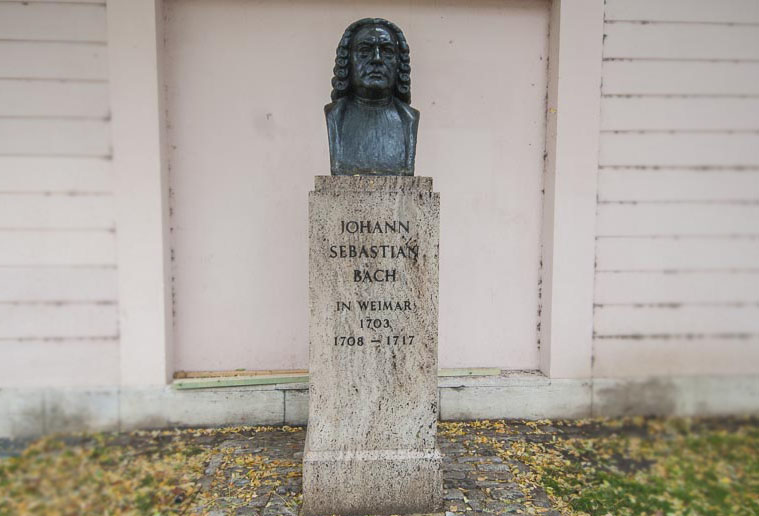
-
Katholische Kirche
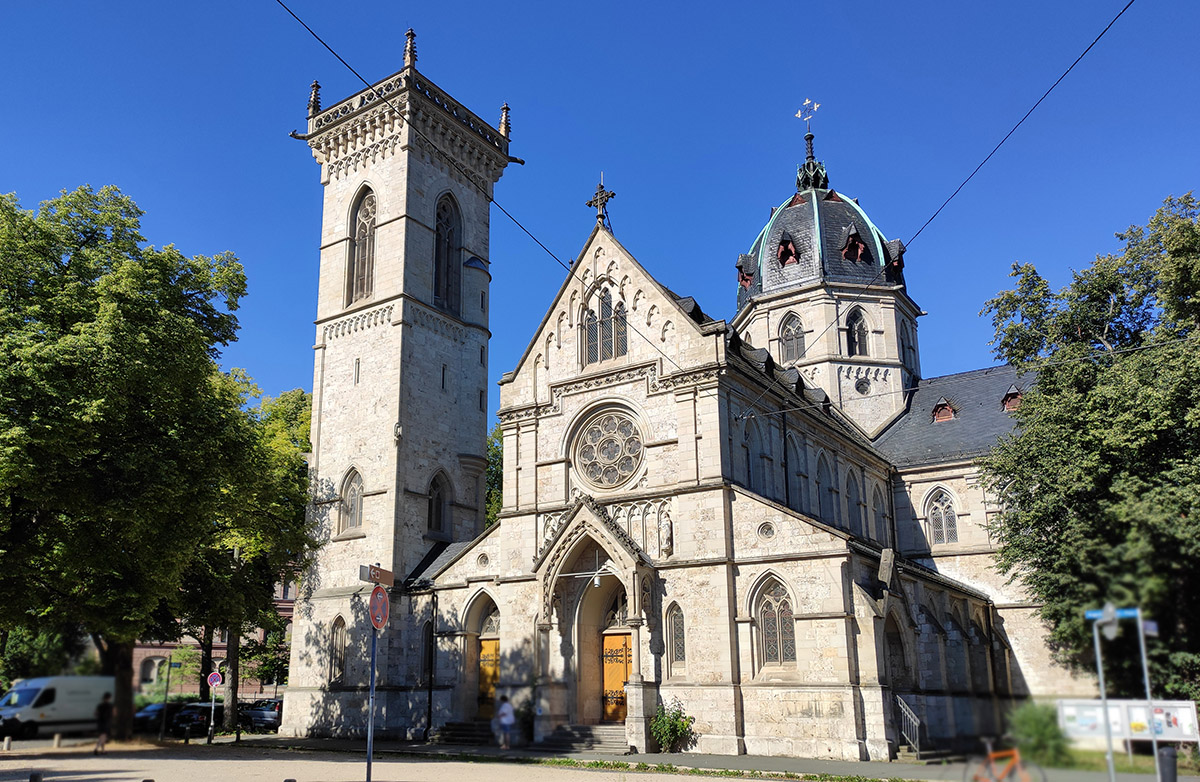
-
Landesmuseum
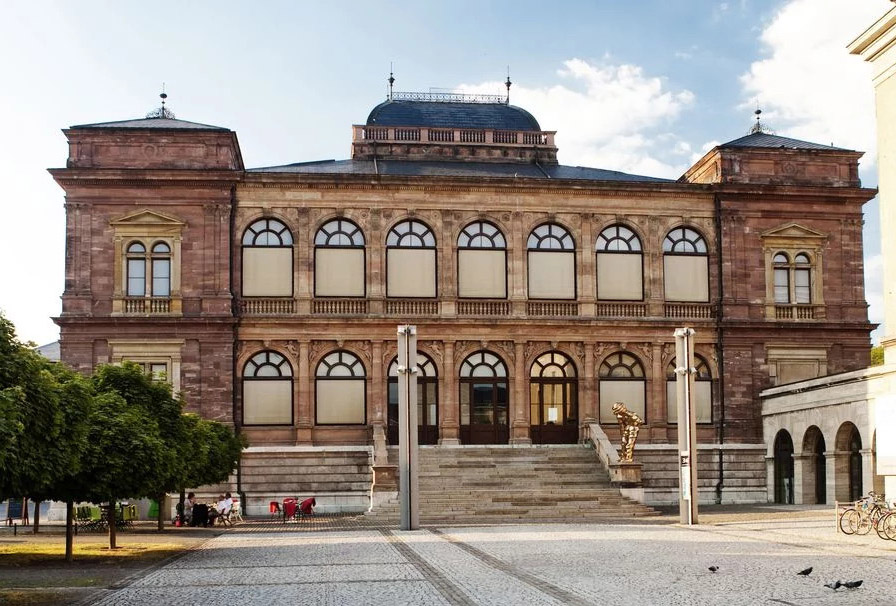
-
Liszthaus & Liszt in Weimar
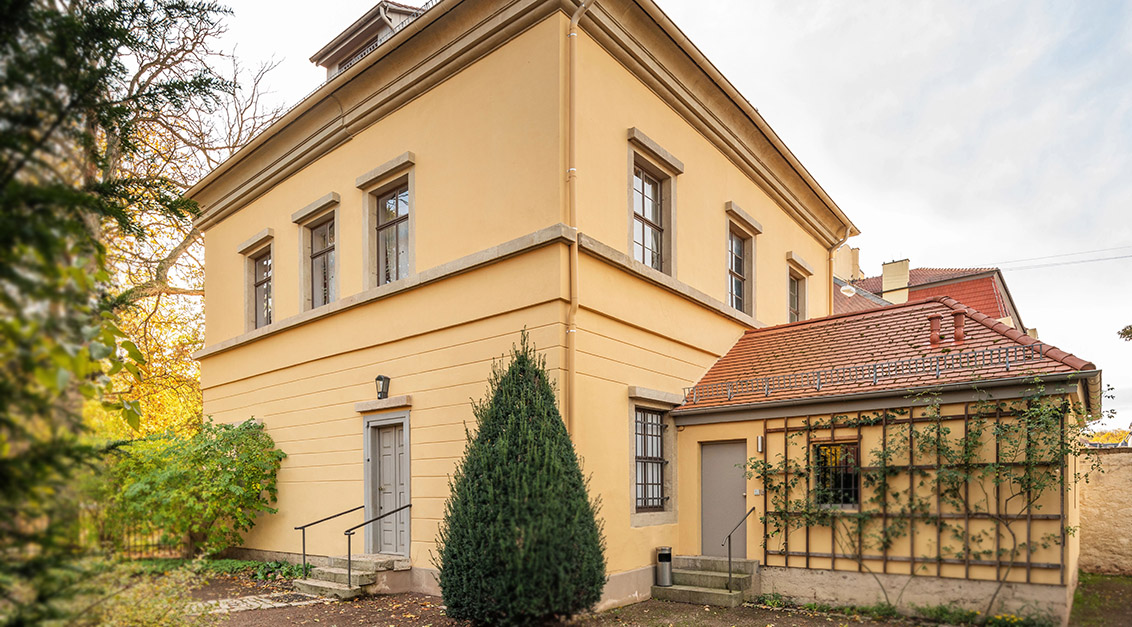
-
Markt
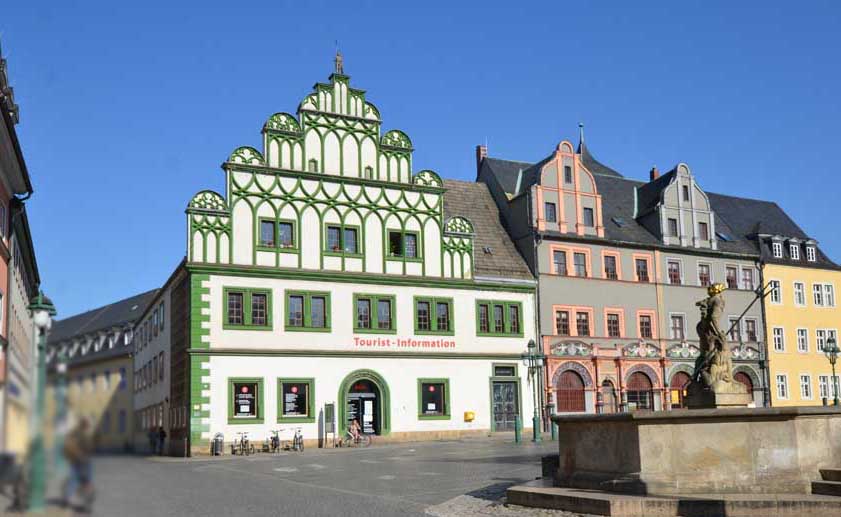
-
Marktplatz, J. S. Bach

-
Marktplatz, Rathaus, Cranachhaus
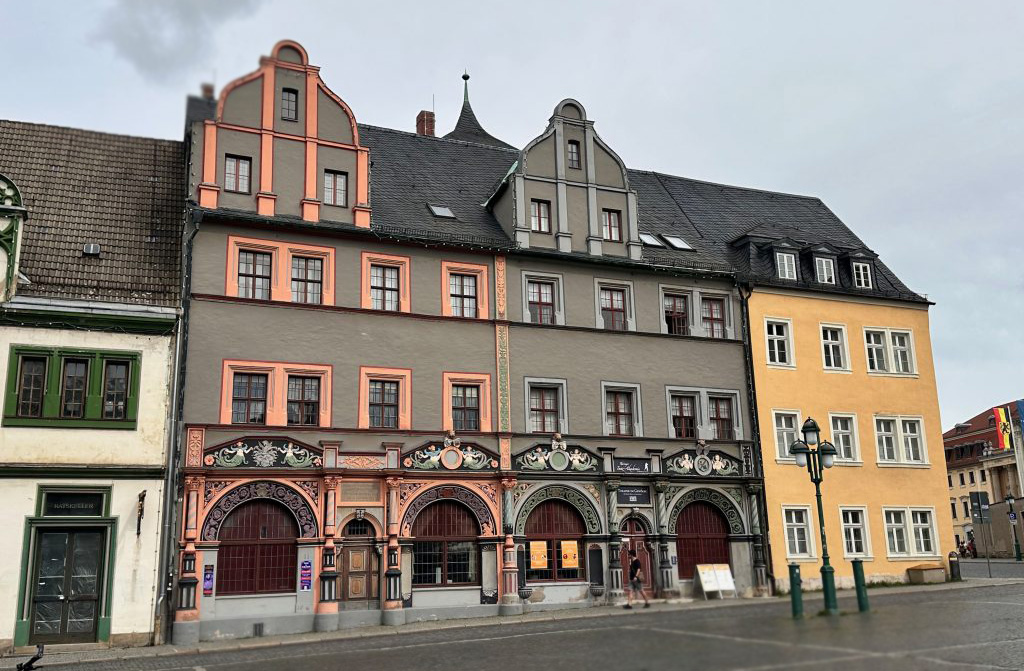
-
Marstall
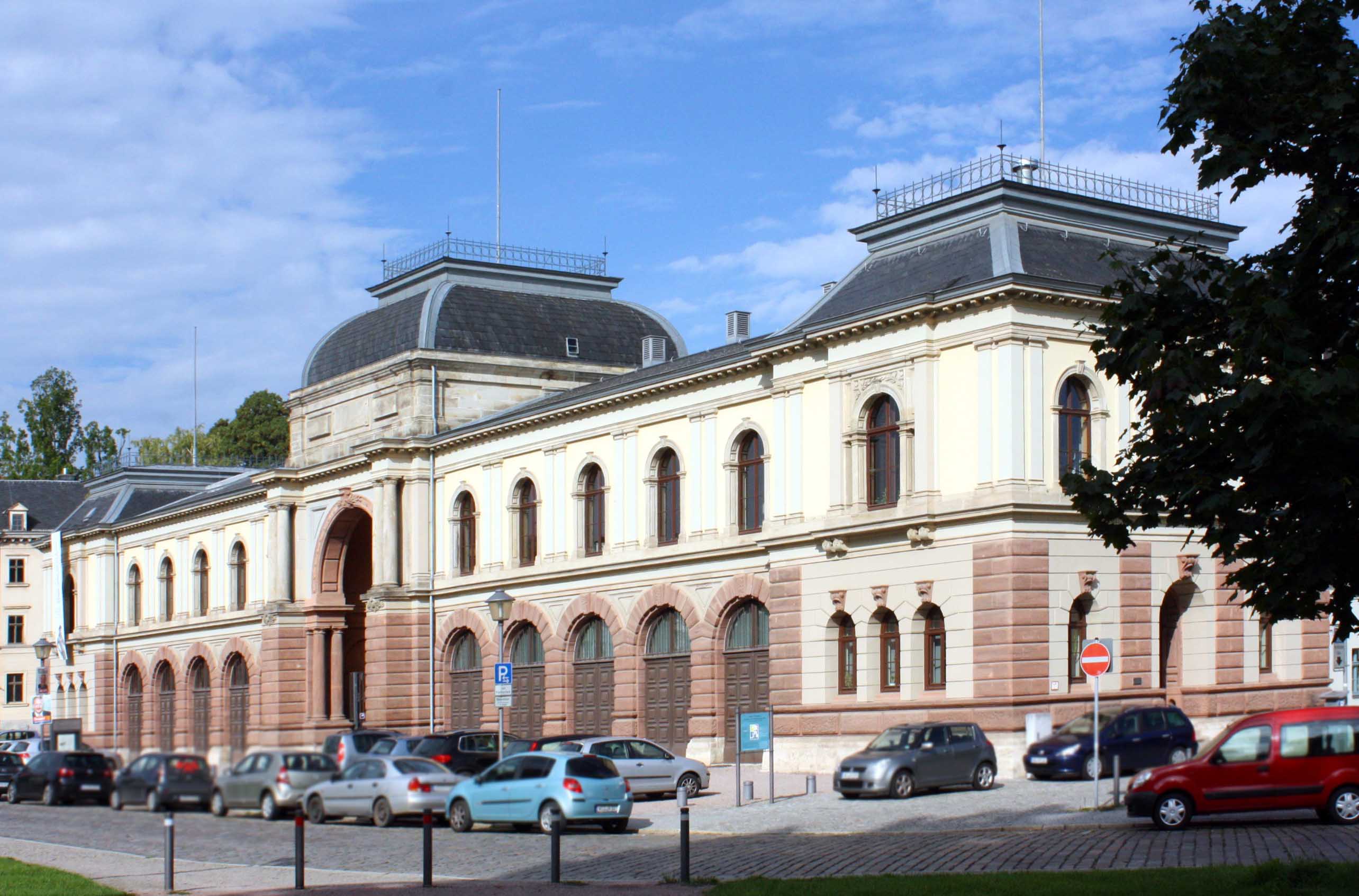
-
Modernes Weimar: Neues Bauen am Horn
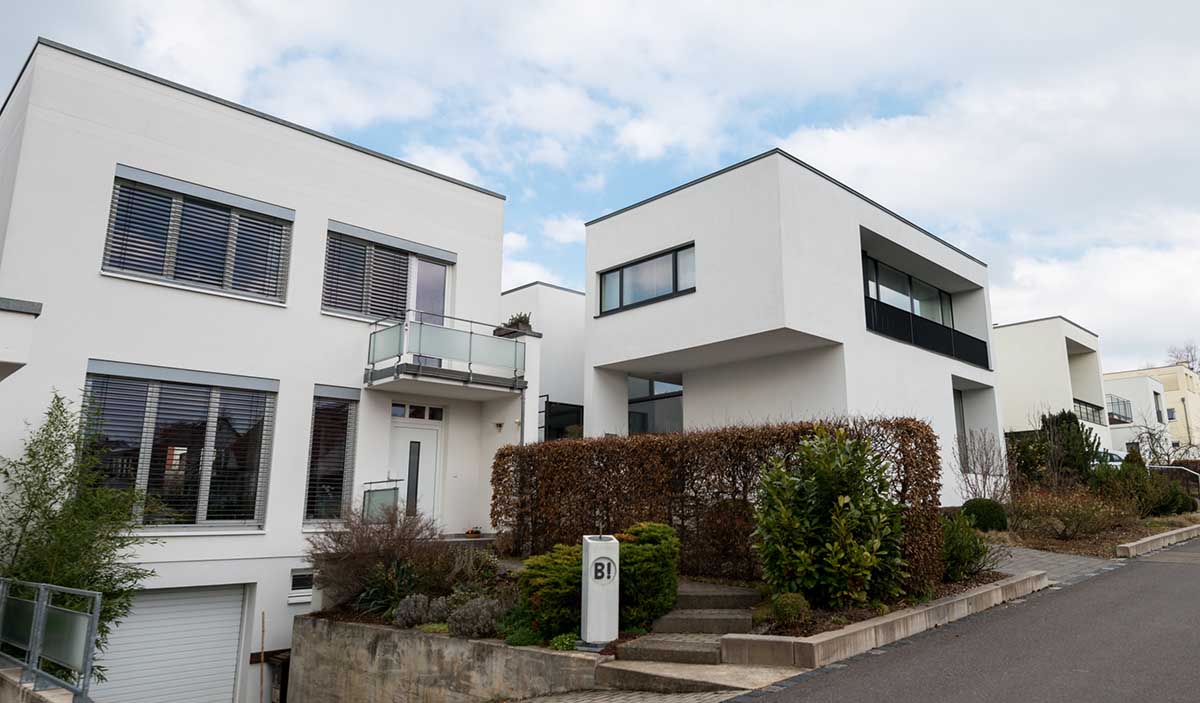
-
Neue Weimarhalle
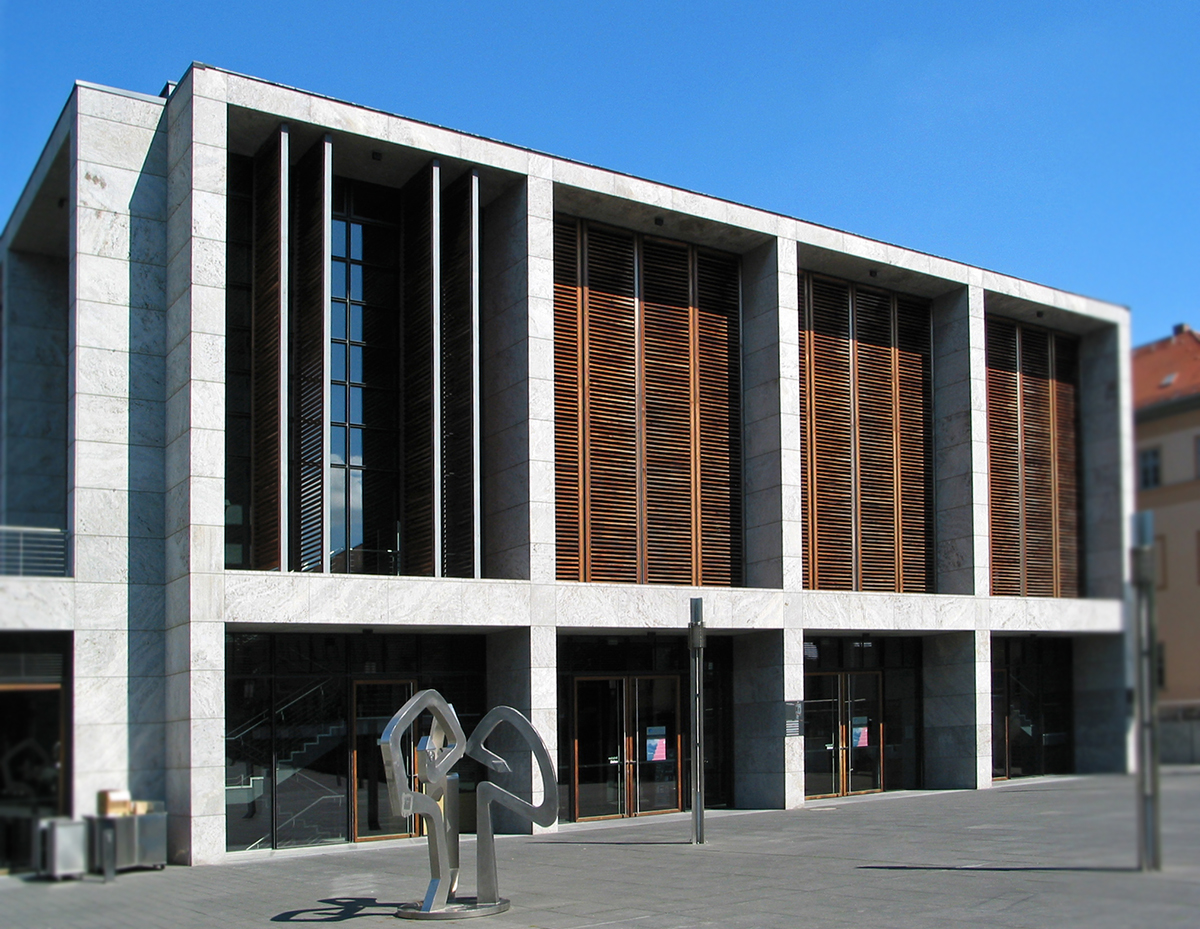
-
Neues Museum
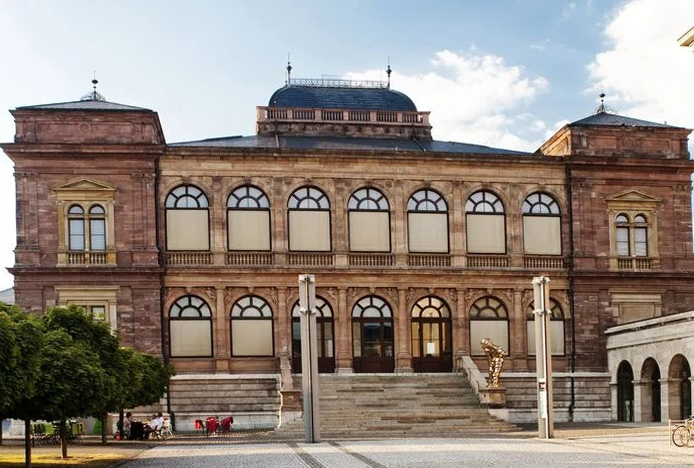
-
Parkhöhle

-
Platz der Demokratie (Fürstenplatz)
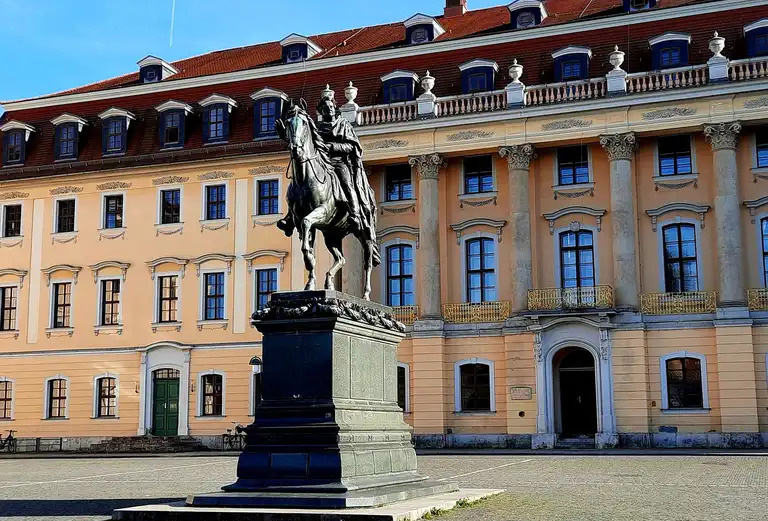
-
Platz der Demokratie, Anna Amalia Bibliothek
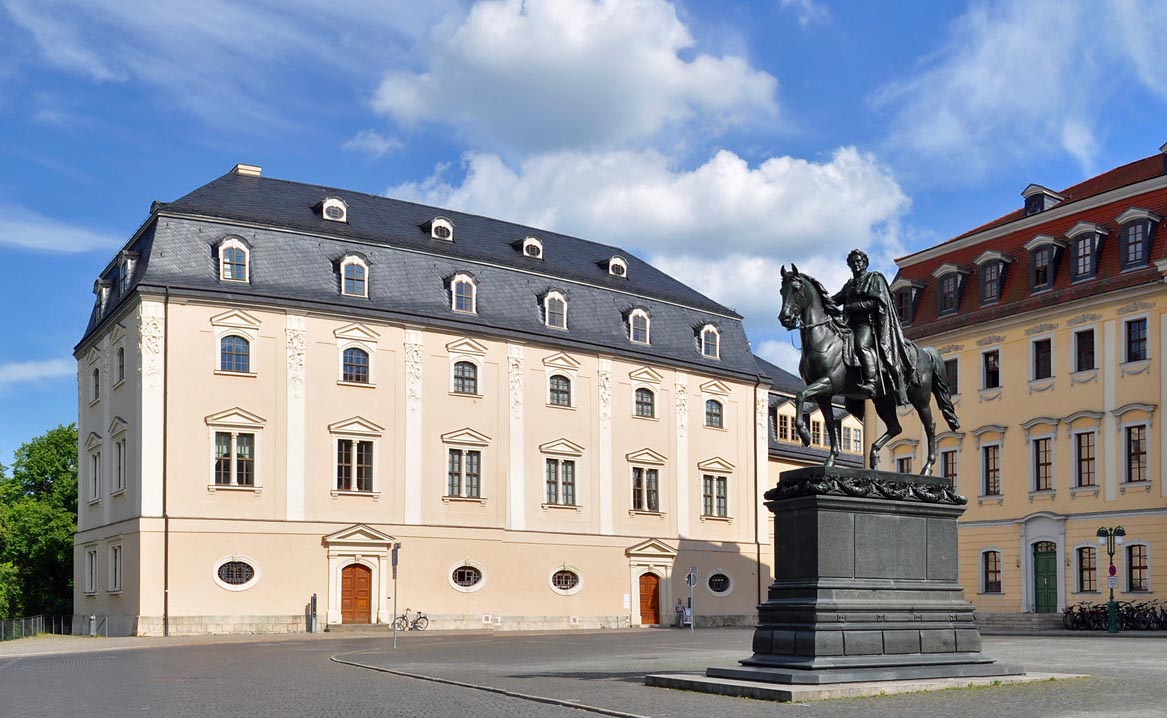
-
Rathaus
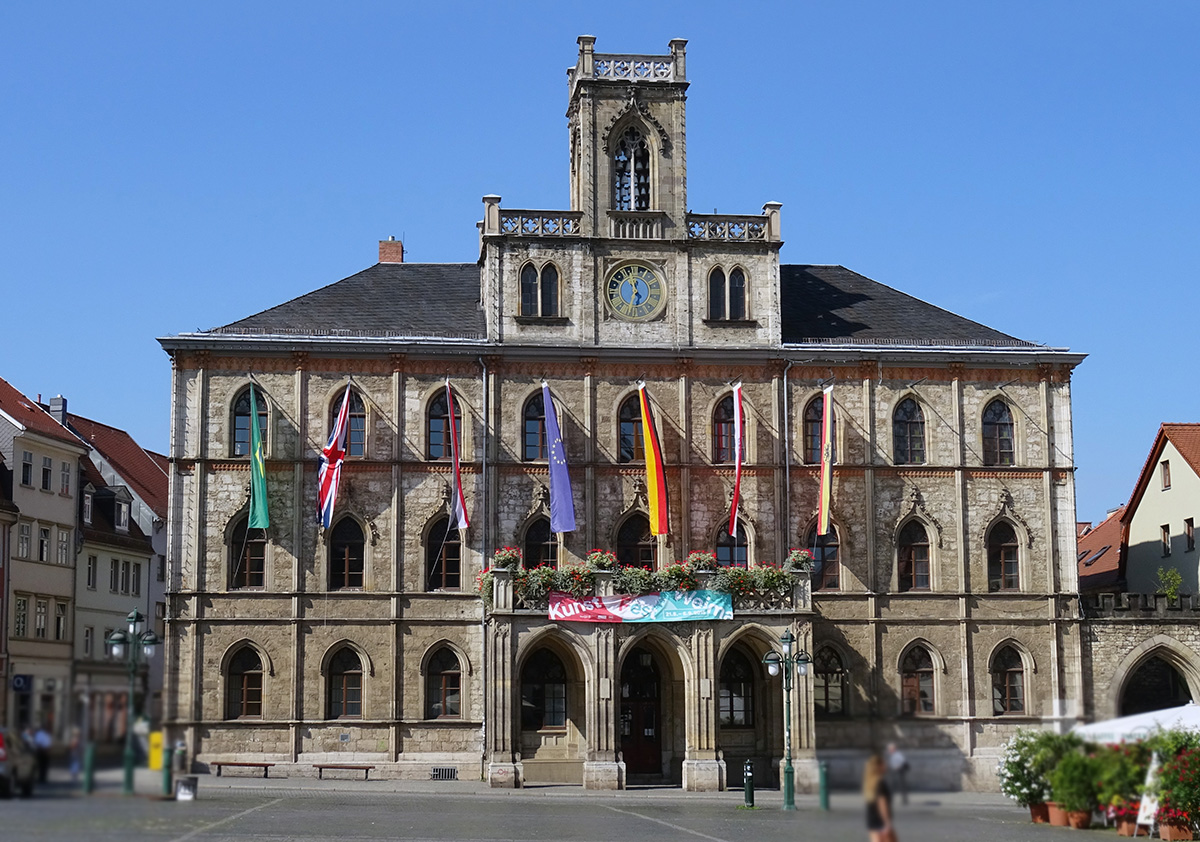
-
Reiterstandbild Carl August
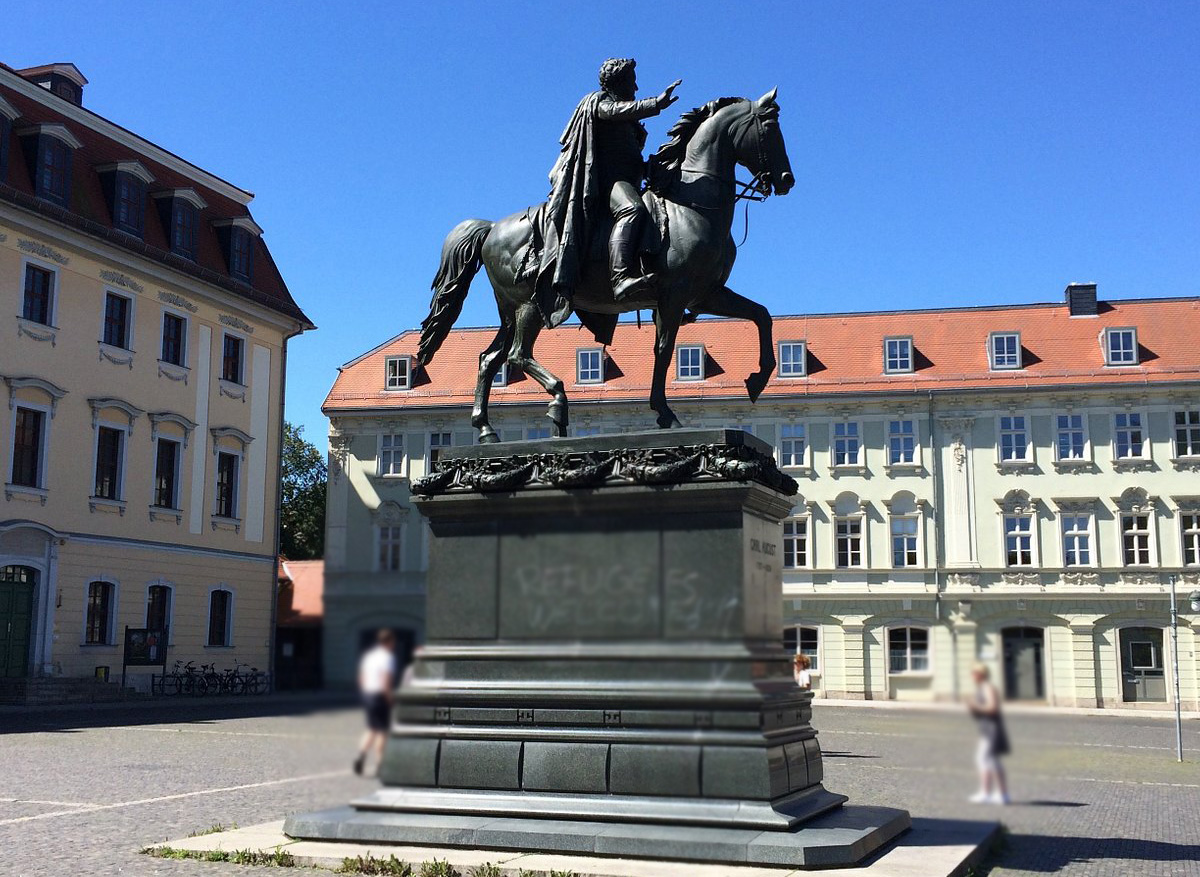
-
Schloss Belvedere
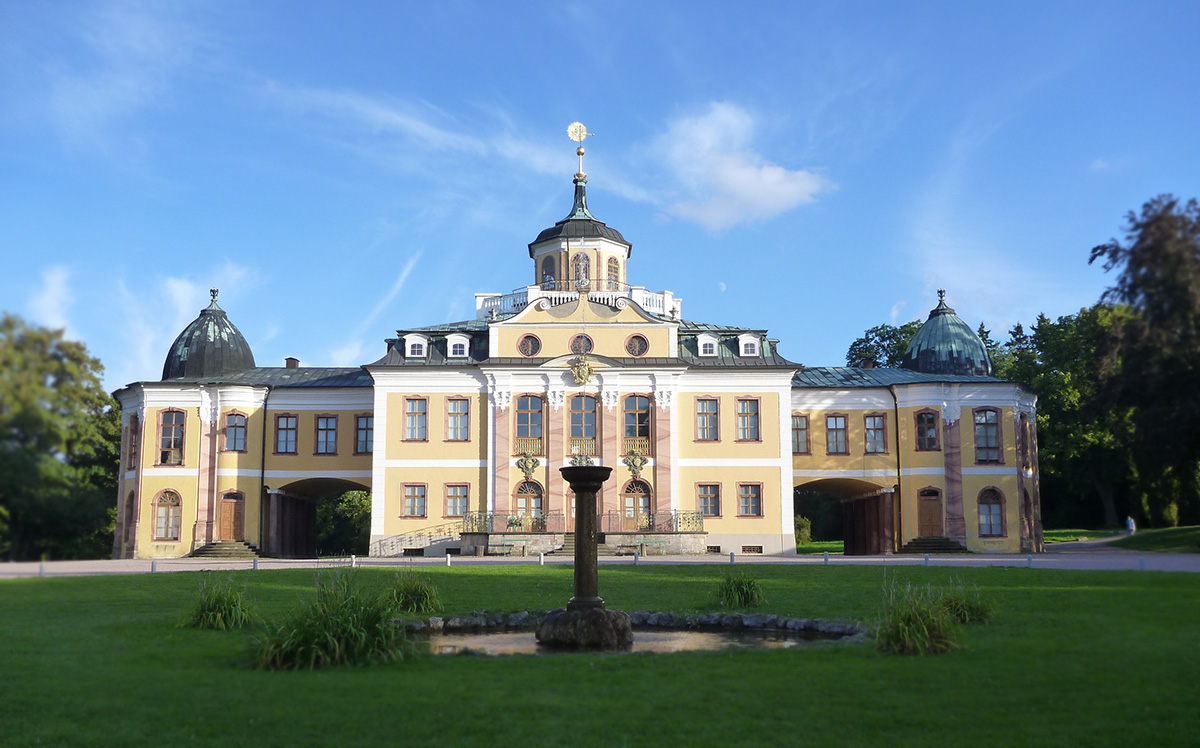
-
Stadtmuseum
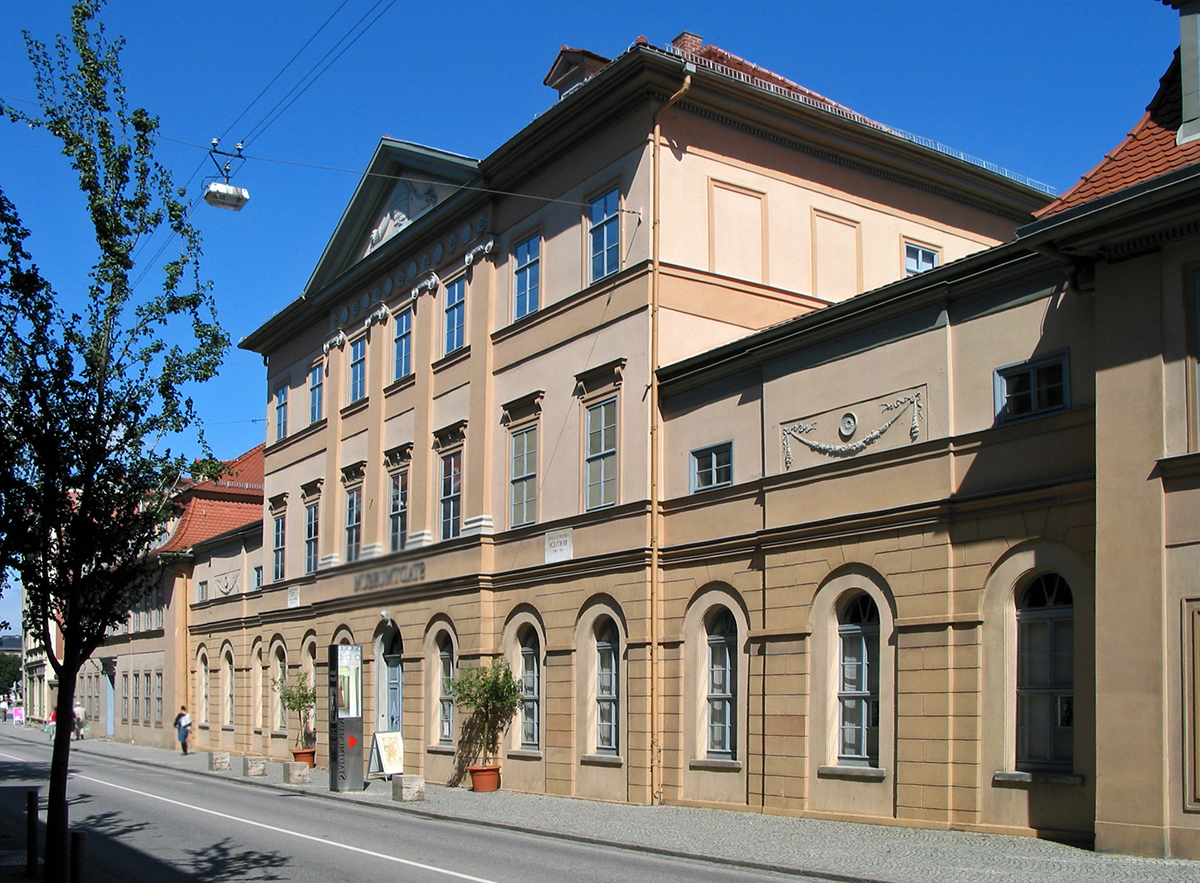
-
Stadtschloss
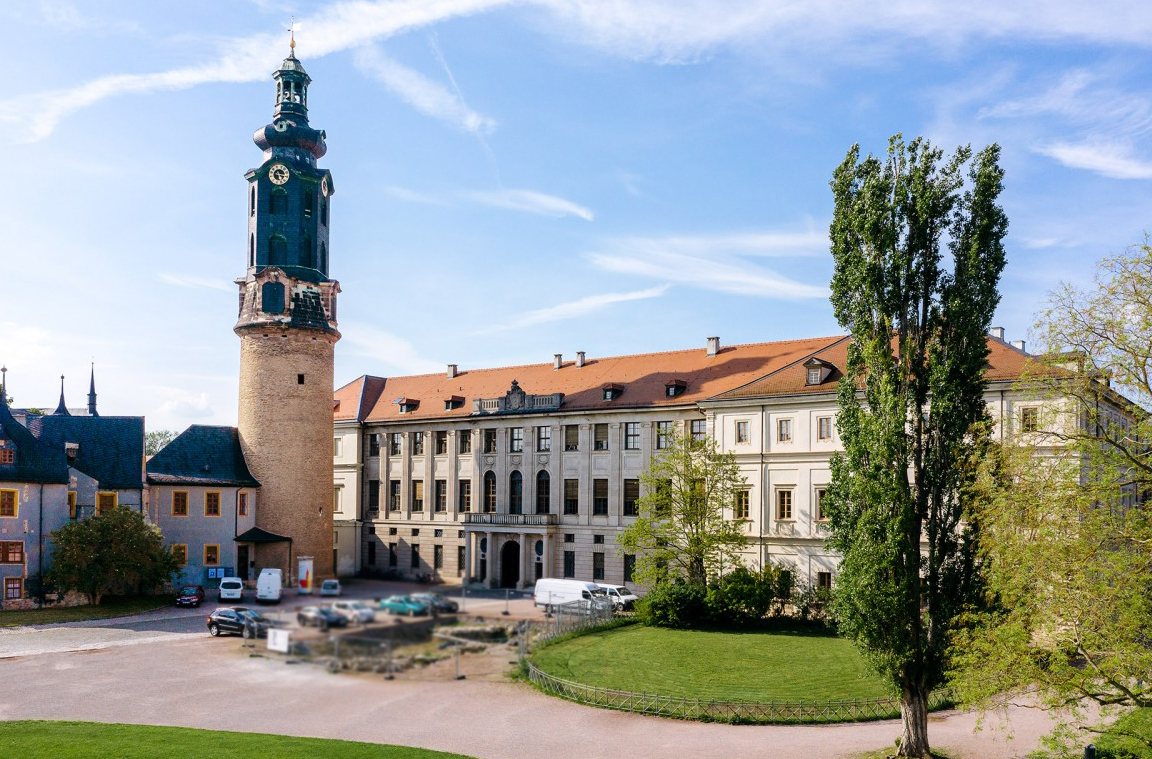
-
Standort Neues Bauhausmuseum
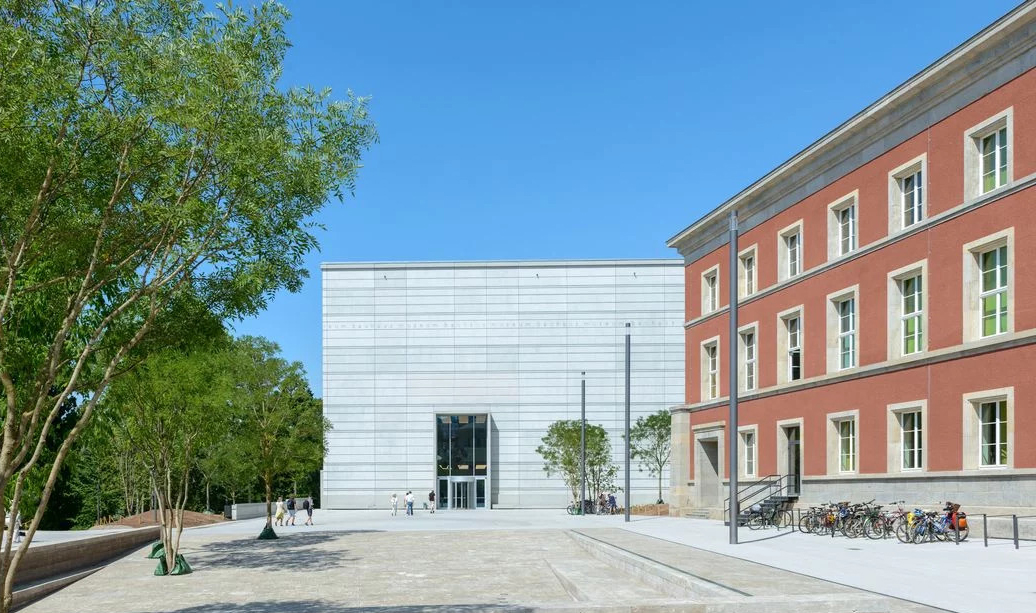
-
Villa Altenburg
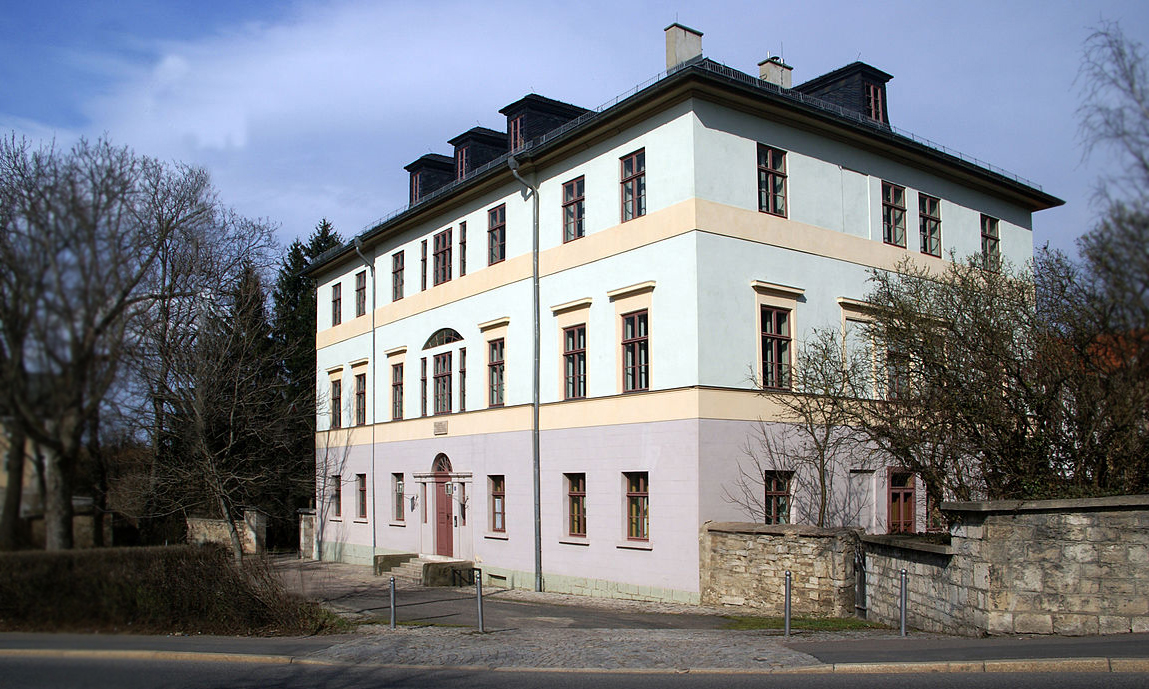
-
Welscher Garten
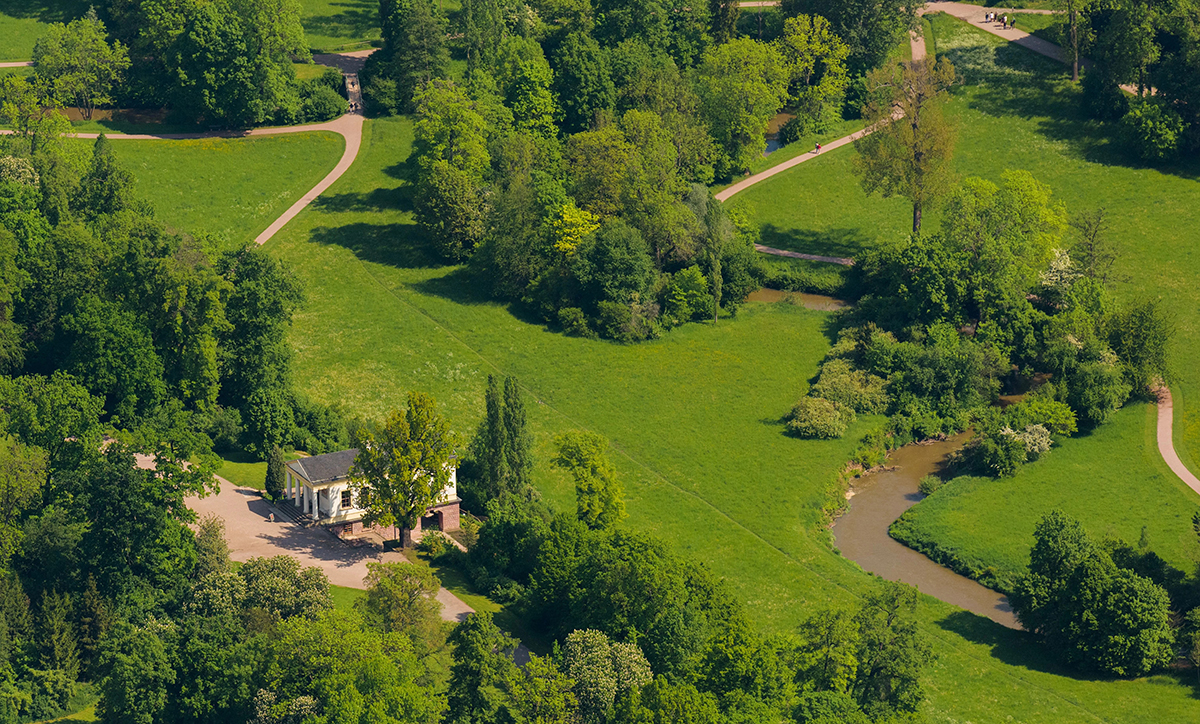
-
Wielanddenkmal
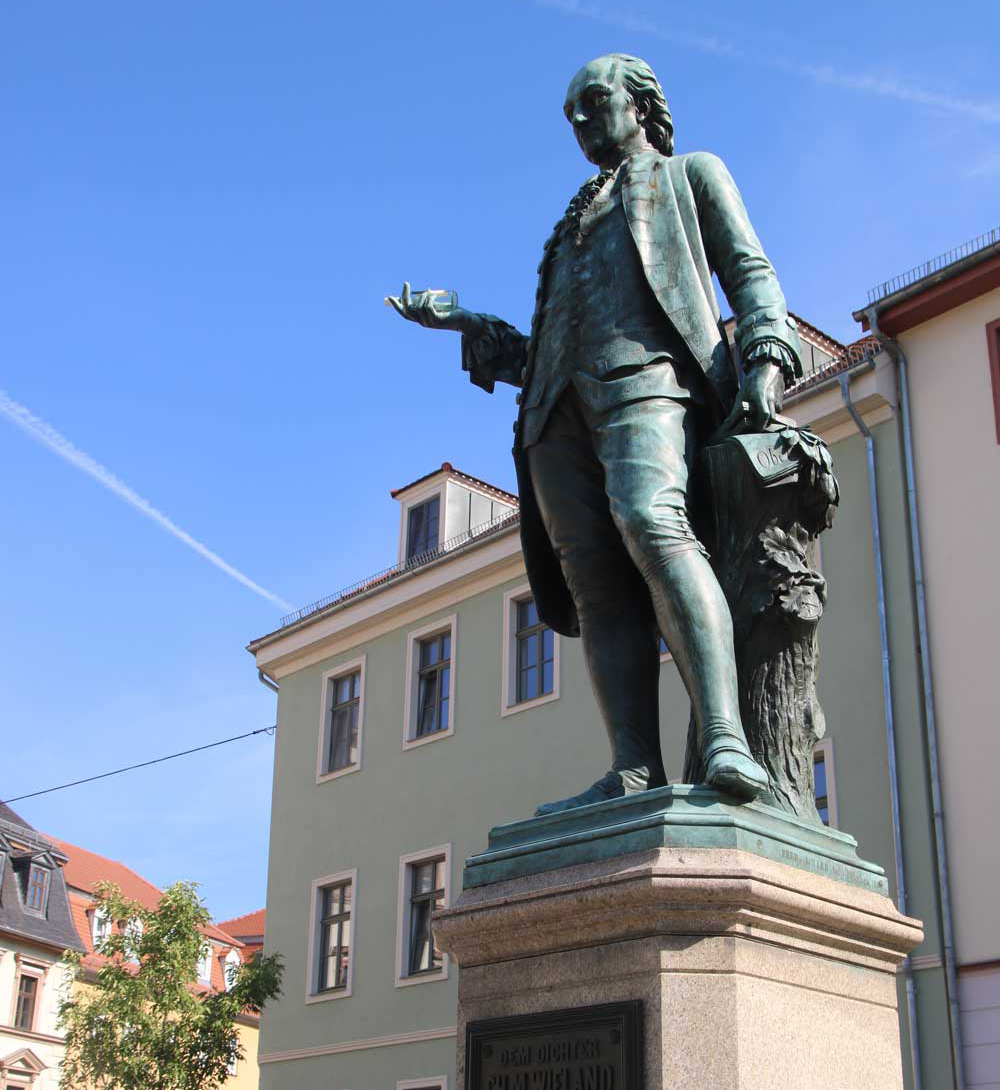
-
Wittumspalais


